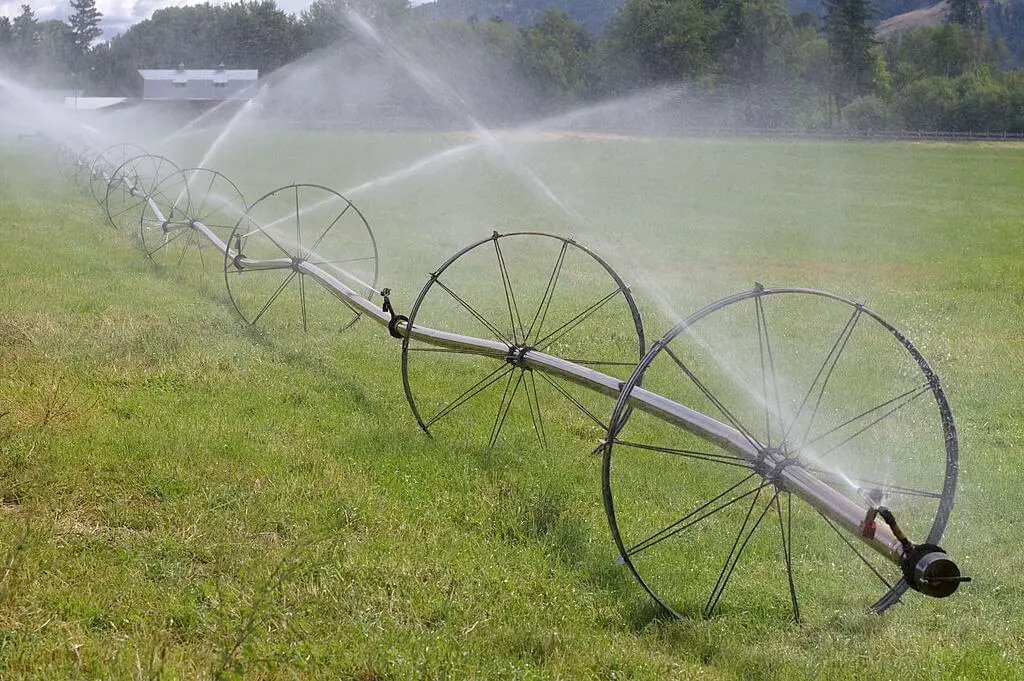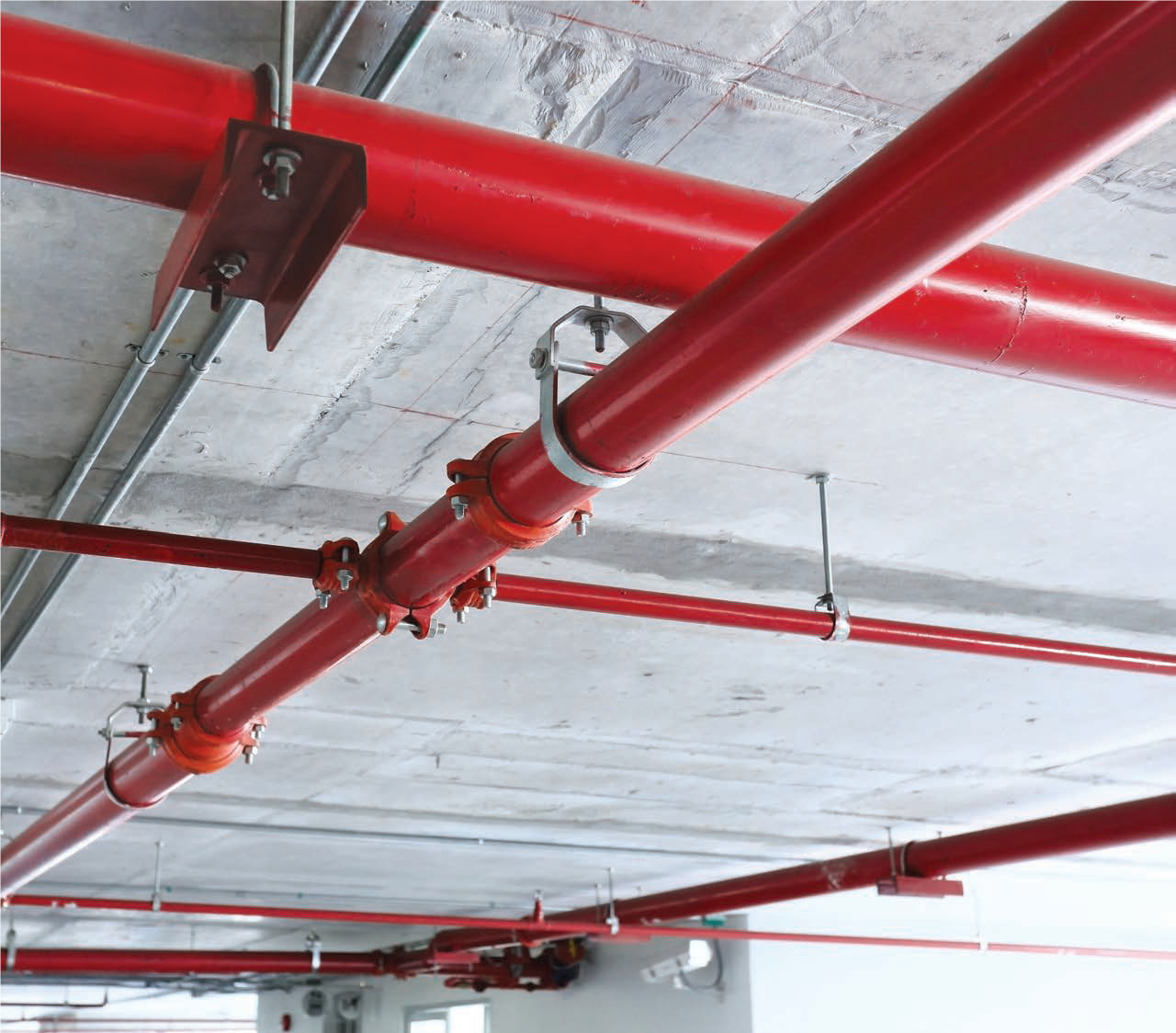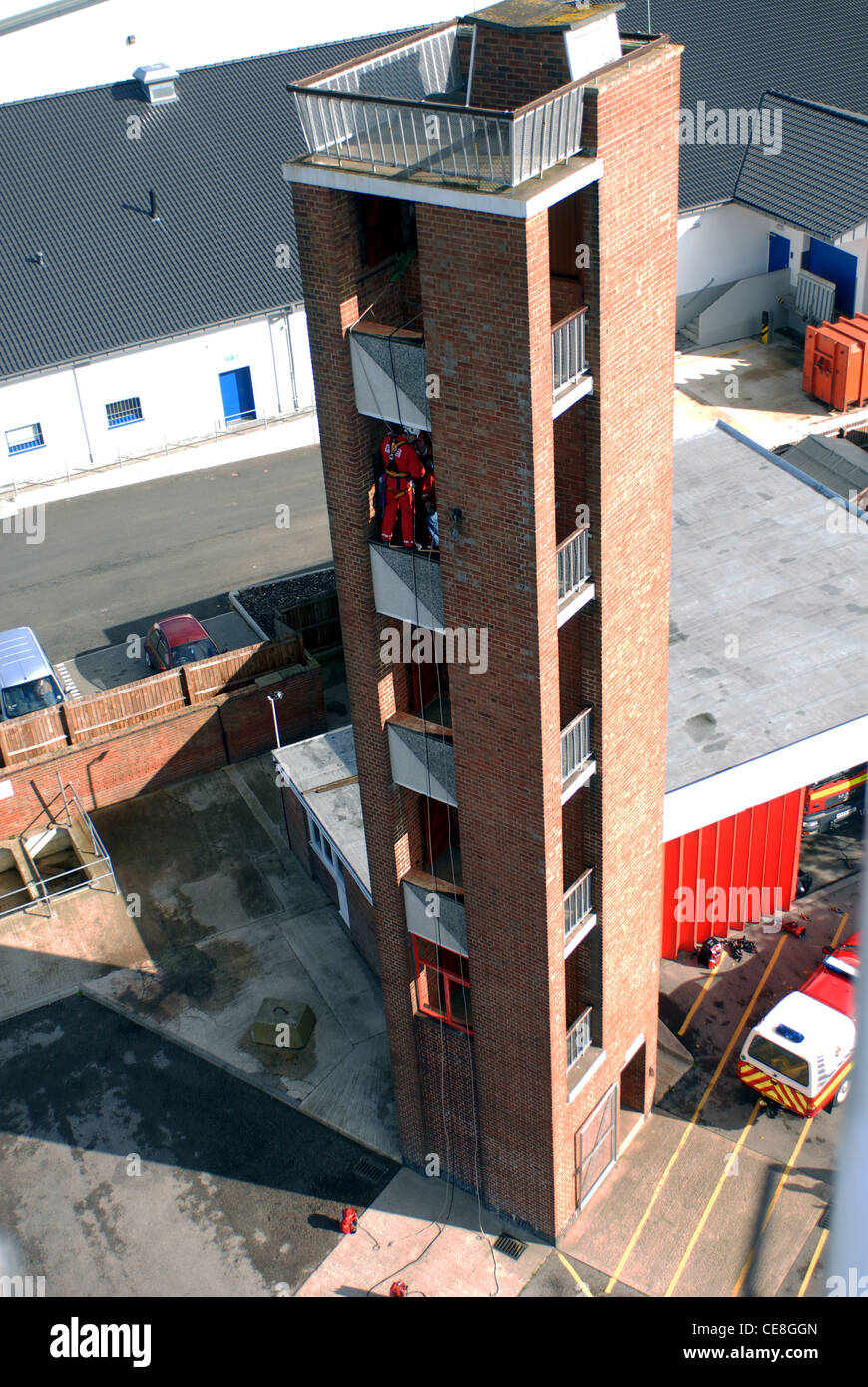Fire safety is an essential responsibility for organizations. Two key components of fire safety are sprinkler systems and brigade drills. Automatic fire suppression setups prevent fires from spreading, well-prepared emergency teams protect lives.
How Do Automatic Fire Suppression Systems Work?
Fire suppression setups react immediately by spraying water when fire breaks out. Each sprinkler head activates independently, limiting unnecessary damage.

Components of a sprinkler system include:
- Sprinkler heads: Release water to limit damage.
- Pressurized pipes: Supplies water to fire zones.
- Safety panels: Provide manual override options.
- Connected water supply: Ensures system reliability.
The Importance of Emergency Preparedness Programs
Firefighting preparedness trains teams to manage fire-related incidents. Fire readiness courses emphasize teamwork, reducing panic during unexpected events.

Core aspects of fire brigade training include:
- Proactive fire safety knowledge: Understanding fire hazards.
- Evacuation procedures: Organizing orderly exits.
- Hands-on fire control: Mastering firefighting equipment.
- Collaborative response skills: Enhancing communication.
brigada deincêndio
sistema sprinklerComo funciona um chuveiro automático sprinklers?
How Sprinkler Systems and Fire Brigade Training Work Together
Using automatic fire suppression with fire team readiness ensures optimal preparedness. Sprinklers activate immediately, while prepared teams ensure proper evacuation.

This dual approach supports robust emergency plans for homes, workspaces, and industrial facilities alike.
Conclusion: Prioritizing Fire Safety with Sprinklers and Training
Equipping your property with fire suppression technology and providing fire brigade training offers long-term benefits. When used in combination, these measures mitigate fire risks.
Start improving your fire safety today by consulting fire suppression experts and initiating fire brigade training. Preparedness is the key to protection!